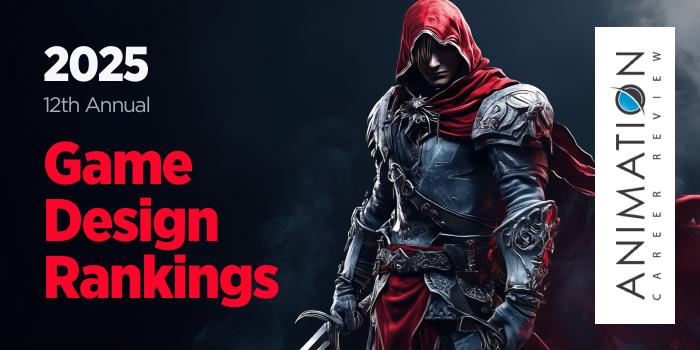Utah Valley University (UVU) is home to the Scott M. Smith College of Engineering and Technology (CET). Serving more than 6,100 students, the CET houses 11 departments that provide more than 100 degree options. This includes the Animation and Game Development BS (AGD BS). Housed in the Digital Media (DGM) Department, the program consists of courses led by game designers from places such as Electronic Arts (EA) and DreamWorks.
Other program highlights include access to state-of-the-art production facilities and centers such as the Advanced Digital Media Sandbox (ADMS) and the Bowling and Game Center; tracks in 2D Animation, and 3D Animation and Games; opportunities to complete an internship at places such as Riot Games, Disney, or Sony Pictures; and participation in game conferences and associations such as the Game Developers Conference, the Digital Animation and Games Association (DAGA), The Interservice/Industry Training, Simulation and Education Conference, and Immerse Global Summit (Miami, Orlando, Europe).
The UVU Animation and Game Development BS requires 120 credit hours of study. Students in both available tracks will take courses such as 3D Modeling Essentials; Animation Story Development; Digital Media for Intercultural Communication; and Advanced Technical Direction I-II.
The 2D Animation, and 3D Animation and Games tracks require 65 credit hours each. The 2D Animation track was recognized as an Animation Center of Excellence by Toon Boom Inc. in March 2021. The curriculum for this option includes introductory courses, labs, and advanced courses. Examples include Introduction to Rigging Lab; Animation and Game Production I-II; Digital Storyboarding; 3D Modeling and Animation; Character Development; Animation and Game Lab I-II; and Advanced Character Rigging.
Students in both tracks will also take an additional 15 credit hours of electives. Examples include Current Topics in Animation and Game Development; Mixed Reality Experiences; and Special Topics in Animation and Game Development.
The 3D Animation and Games track focuses on modeling, scripting, programming, and rigging. Course examples include Fundamentals of Programming; Game Development I-IV; Scripting Essentials; 3D Rigging I-II; Intermediate Scripting; 3D Character Development; Writing for Technical Directors; and 3D Animation Project I-IV.
The culminating experience for the AGD BS program is the Senior Capstone worth six credits. For this final project, students in both tracks will work together to create an animated short or interactive game project.
Graduates of the Animation and Game Development program at UVU are prepared to pursue careers in all areas of animation and games, digital advertising, aerospace, medicine, the broader technology industry, legal, health, architecture, science, government, research, education, and consulting.
Program alumni have been hired at places such as Riot Games, Industrial Light & Magic (ILM), Blizzard Entertainment, Disney, NBCUniversal, Sony Pictures, Northrop Grumman, Warner Media, ArenaNet, Gearbox Software, Amazon, Certain Affinity, Tektonux, KingsIsle Entertainment, Jam City, and Hardsuit Labs.
Utah Valley University was established in 1941 as Central Utah Vocational School (CUVS). The school’s primary function was to provide war production training. Today, UVU provides more than 300 degree and certificate programs across eight colleges and schools. Of the school’s 300+ programs, 60 are available online.
In addition to providing more online programs that most schools in the region, UVU serves approximately 46,810 students making it the largest public university in the state. Utah Valley University is accredited by the Northwest Commission on Colleges and Universities (NWCCU).





